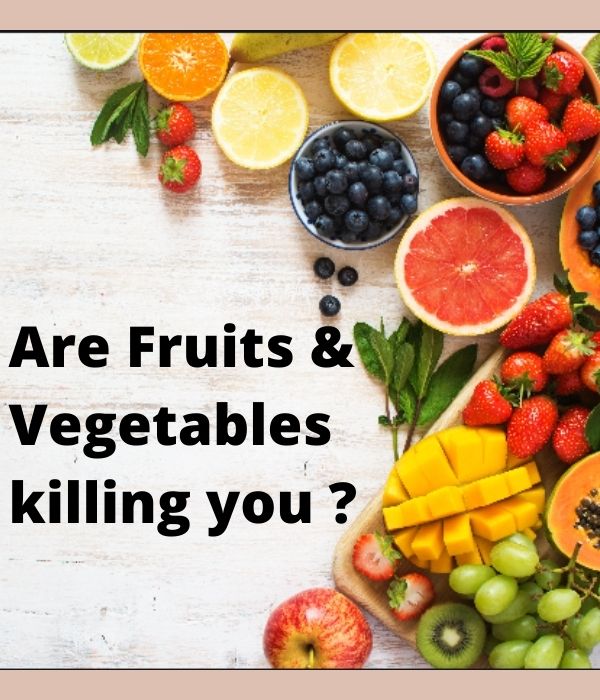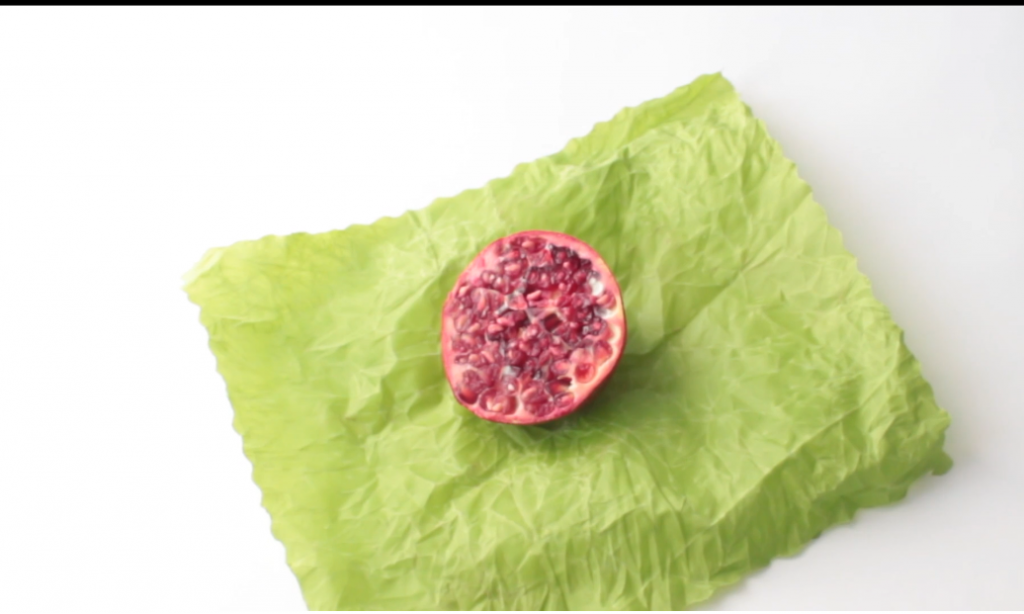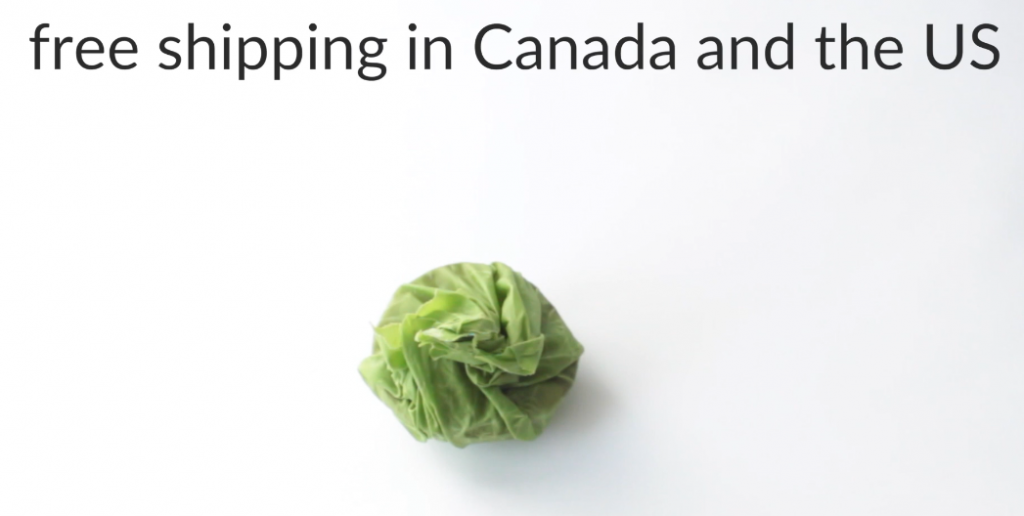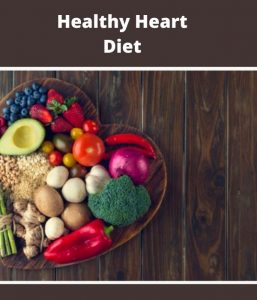Whenever the conversation turns towards health, it’s quite common for people to advise you to consume more fruits and vegetables. But have we ever checked that the fruits and vegetables that we are consuming are truly healthy? We frequently tend to trust our fruits and vegetables implicitly. However, it’s important to dig deeper and understand more.
Every customer is interested in shiny and healthy-looking fruits and vegetables instead of that those have begun to rot. But this is often where the error begins.

In an attempt to create more money, unethical vendors add chemicals to artificially ripen or change the color and appearance of fruits and vegetables. These addons are often carcinogenic and cause future harm to our healt
Though the addiction of teenagers and the young generation towards food and consuming packaged food remains a controversy that must be solved, there was a time that we want to think that this alone is the problem of all health issues. However, many cases of cancer are on the rise, despite healthy eating habits. The chemicals like oxytocin, saccharin, wax, carbide, malachite green, copper sulfate, metallic lead, etc are commonly found in our fruits and vegetables nowadays. Among these, oxytocin saccharin is possibly carcinogenic and affects our body very adversely.
About 300 of each 100,000 Americans develop cancer every year, which implies the U.S. has the seventh-highest cancer rate within the world, in keeping with WebMD. The Food and Drug Administration (FDA) esti
Sources for contamination in food
The produce can become infected with harmful bacteria and chemicals at different stages. During the growing phase, contamination can occur through:
- Animal contact
- Harmful substances in soil or water
- Poor hygiene
- Use of chemicals/Pesticides
- Use of other ingredients
Fruits and vegetables may also become contaminated after harvesting. Even in our homes, produce can become contaminated as a result of improper storage and through food preparation. Even using plastic in storage is harmful, while it takes much longer to witness the adverse effects.
In recent years, outbreaks of foodborne illnesses have occurred because of bacteria on cantaloupe, lettuce, tomatoes, and spinach. Folks who eat contaminated produce can get sick and even require hospitalization.
In this article, we touch upon why and how it is important to scrub fruits and vegetables, including pesticides and possible contamination.
How to detect common adulteration at home ?
The presence of dyes-A quite common method to test contamination is by soaking cotton in wa
Presence of Paraffin– This could be easily detected by scratching its outer surface with a kni
Presence of insecticides-The white patches on fruits and vegetables indicates presence of insecticides used on them .
How to get rid of adulterants?
The foremost method is to scrub the fruits with water. To make it more effective you should add a pinch of salt to the
1. If you detect the presence of wax ,you can peel the fruits just before consumption or use a food brush to scrape away the wax.
2. You can soak them in boiled water for up to 1 minute, then transfer to a bowl of iced water (blanching ) to get rid of impurities
3. A solution of baking soda, water, and lemon juice, maybe sprayed on fruits and vegetables and removed after ten minutes. This may help to get rid of the chemicals.
4. Products that wash the fruits and vegetables are available within the market nowadays, though these are more costly ways.
5. Soak the fruits and vegetables in vinegar mixed with water ( 4:1) for up
6. For leafy vegetables like lettuce and cabbage, it’s better to peel off the outer layers.
7.Last and extremely important ry to store your vegetables in non plastic wraps .
These days lot of healthier options are available to store your food, in guilt free , environmental friendly packaging . Since the time, I switched to it , I have never looked back and never felt more healthier. .. Read More





